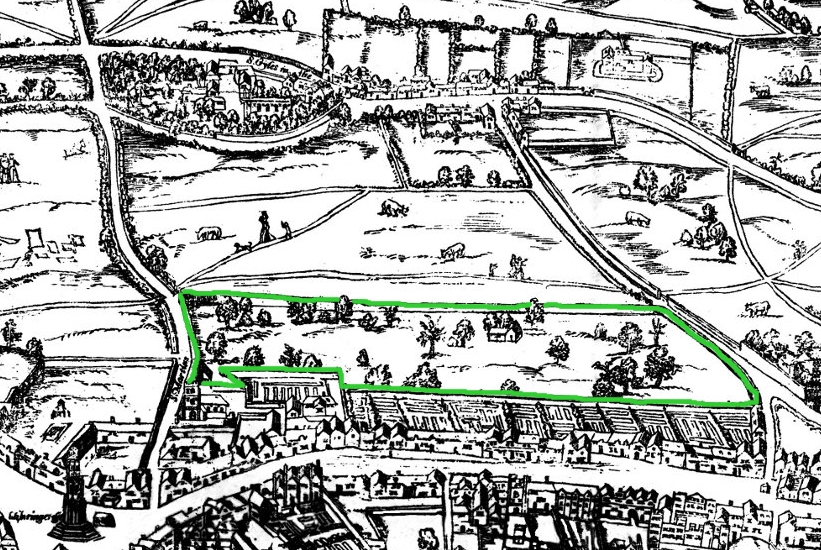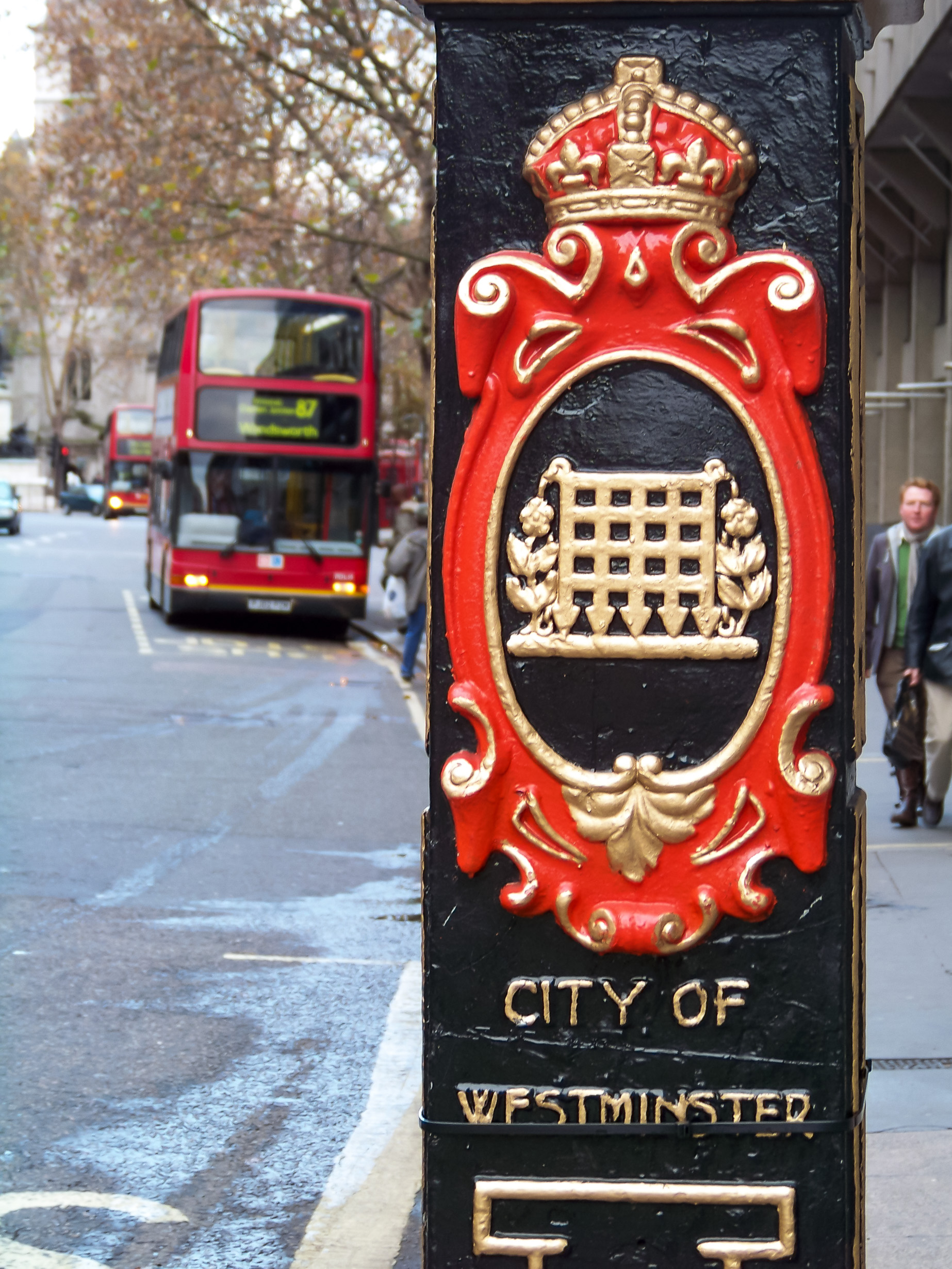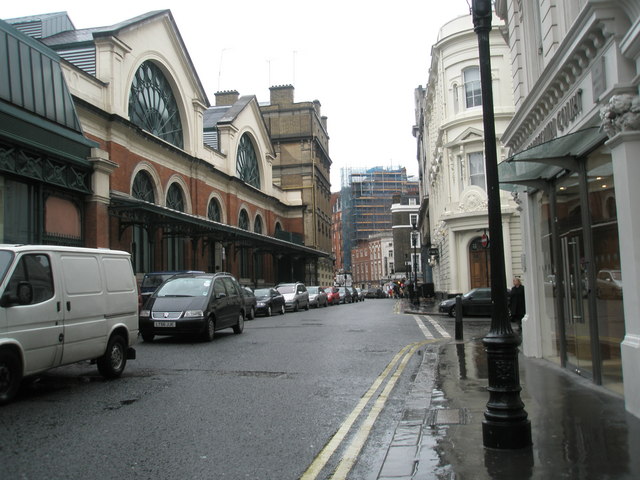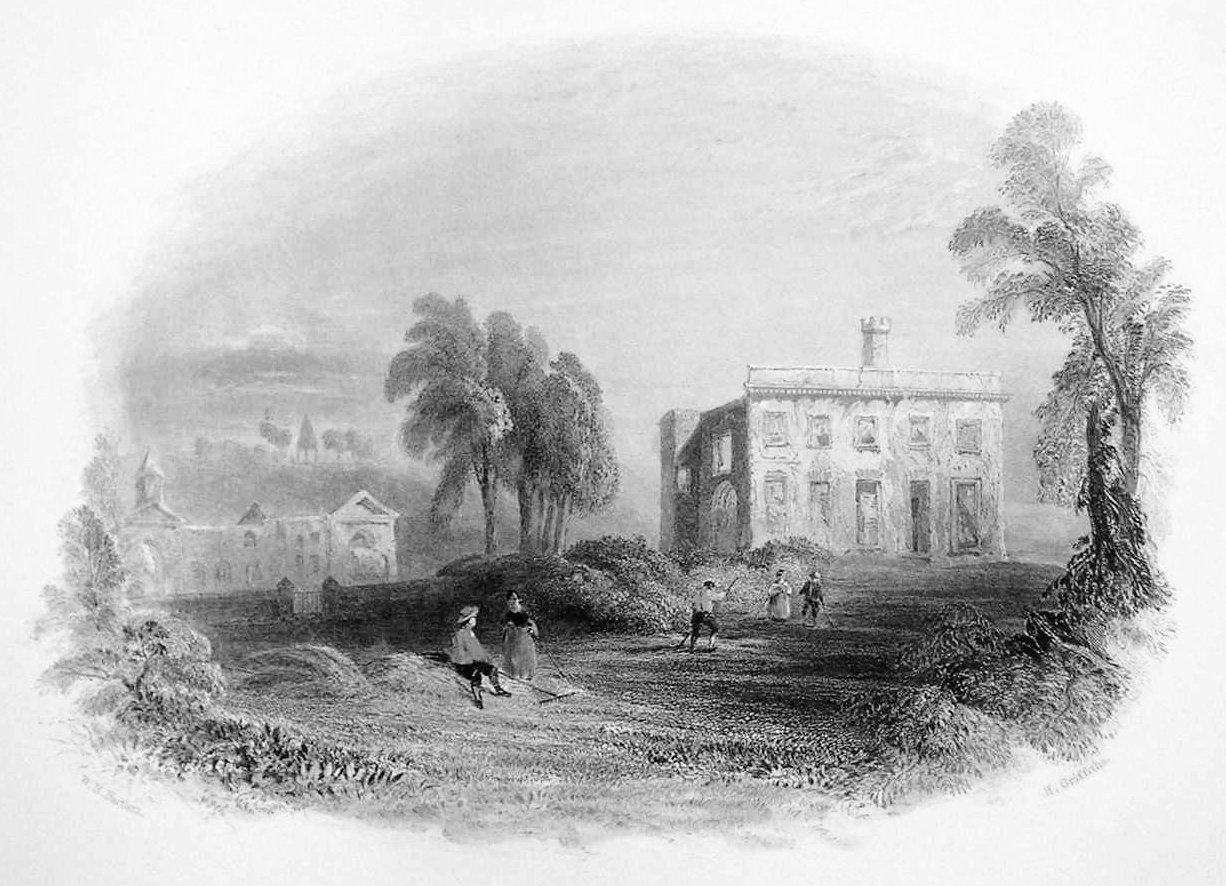|
Wellington Street, London
Wellington Street is a street located in Covent Garden, Westminster, London. It connects Bow Street, Russell Street, Tavistock Street, Exeter Street, Strand and Lancaster Place. The street takes its name from Arthur Wellesley, 1st Duke of Wellington. Location Wellington Street runs south east to north west from Strand to Bow Street. The nearest tube station is Covent Garden Covent Garden is a district in London, on the eastern fringes of the West End, between St Martin's Lane and Drury Lane. It is associated with the former fruit-and-vegetable market in the central square, now a popular shopping and tourist sit .... Buildings Lyceum Theatre is located on Wellington Street.Pope, W. Macqueen and Ronald Mayes"The Lyceum Theatre, Wellington Street, London" Arthur Lloyd, accessed 16 October 2015 References Streets in the City of Westminster Covent Garden {{London-road-stub ... [...More Info...] [...Related Items...] OR: [Wikipedia] [Google] [Baidu] |
London - Russell Street - View SE Into Wellington Street
London is the capital and largest city of England and the United Kingdom, with a population of just under 9 million. It stands on the River Thames in south-east England at the head of a estuary down to the North Sea, and has been a major settlement for two millennia. The City of London, its ancient core and financial centre, was founded by the Romans as ''Londinium'' and retains its medieval boundaries.See also: Independent city § National capitals The City of Westminster, to the west of the City of London, has for centuries hosted the national government and parliament. Since the 19th century, the name "London" has also referred to the metropolis around this core, historically split between the counties of Middlesex, Essex, Surrey, Kent, and Hertfordshire, which largely comprises Greater London, governed by the Greater London Authority.The Greater London Authority consists of the Mayor of London and the London Assembly. The London Mayor is distinguished from the Lord Ma ... [...More Info...] [...Related Items...] OR: [Wikipedia] [Google] [Baidu] |
Covent Garden
Covent Garden is a district in London, on the eastern fringes of the West End, between St Martin's Lane and Drury Lane. It is associated with the former fruit-and-vegetable market in the central square, now a popular shopping and tourist site, and with the Royal Opera House, itself known as "Covent Garden". The district is divided by the main thoroughfare of Long Acre, north of which is given over to independent shops centred on Neal's Yard and Seven Dials, while the south contains the central square with its street performers and most of the historical buildings, theatres and entertainment facilities, including the London Transport Museum and the Theatre Royal, Drury Lane. The area was fields until briefly settled in the 7th century when it became the heart of the Anglo-Saxon trading town of Lundenwic, then abandoned at the end of the 9th century after which it returned to fields. By 1200 part of it had been walled off by the Abbot of Westminster Abbey for use as arable ... [...More Info...] [...Related Items...] OR: [Wikipedia] [Google] [Baidu] |
City Of Westminster
The City of Westminster is a city and borough in Inner London. It is the site of the United Kingdom's Houses of Parliament and much of the British government. It occupies a large area of central Greater London, including most of the West End. Many London landmarks are within the borough, including Buckingham Palace, Westminster Abbey, Whitehall, Westminster Cathedral, 10 Downing Street, and Trafalgar Square. Westminster became a city in 1540, and historically, it was a part of the ceremonial county of Middlesex. Its southern boundary is the River Thames. To the City of Westminster's east is the City of London and to its west is the Royal Borough of Kensington and Chelsea. To its north is the London Borough of Camden. The borough is divided into a number of localities including the ancient political district of Westminster; the shopping areas around Oxford Street, Regent Street, Piccadilly and Bond Street; and the night-time entertainment district of Soho. Much ... [...More Info...] [...Related Items...] OR: [Wikipedia] [Google] [Baidu] |
Bow Street
Bow Street is a thoroughfare in Covent Garden, Westminster, London. It connects Long Acre, Russell Street and Wellington Street, and is part of a route from St Giles to Waterloo Bridge. The street was developed in 1633 by Francis Russell, 4th Earl of Bedford for residential purposes. A number of notable people lived here in the 17th and 18th centuries, including Oliver Cromwell and Robert Harley, 1st Earl of Oxford. In the 18th century, the street declined as a place of residence following the establishment of the nearby Covent Garden Theatre, which led to a reputation for prostitution. During the 19th century, Bow Street was a ''de facto'' extension of Covent Garden and its associated markets, selling then-exotic fruit and vegetables. Bow Street has a strong connection with the law; the Bow Street Runners, an early voluntary police force, was established here by Henry Fielding in 1750, and the Metropolitan Police Service operated a station house from 1832, which led ... [...More Info...] [...Related Items...] OR: [Wikipedia] [Google] [Baidu] |
Tavistock Street
Tavistock Street is a street in the Covent Garden area of London which runs parallel to the Strand between Drury Lane and Southampton Street just south of the market piazza. History Initially, the street was a passageway between Wellington and Catherine Streets in 1630s. The first mention of the street dates to 1706, until when it was part of York Street. In 1729 Caleb Waterfield erected his first house (no. 15) on the street. In 1733 James Walker built three more, and the same year Robert Umpleby built two more (becoming nos. 34–38). In the early 19th century, the street was the location of many fashionable shops, such as are now to be found in Bond Street. The congregation of rich carriages there was said to be one of the great sights of London at this time. It then became a centre of publishing of periodicals such as '' Country Life'' (no 8, designed in 1904 by Edwin Lutyens), ''The Stage'' and '' Vanity Fair''. The auction business Sotheby's started there as a bookseller. ... [...More Info...] [...Related Items...] OR: [Wikipedia] [Google] [Baidu] |
Strand, London
Strand (or the Strand) is a major thoroughfare in the City of Westminster, Central London. It runs just over from Trafalgar Square eastwards to Temple Bar, where the road becomes Fleet Street in the City of London, and is part of the A4, a main road running west from inner London. The road's name comes from the Old English ''strond'', meaning the edge of a river, as it historically ran alongside the north bank of the River Thames. The street was much identified with the British upper classes between the 12th and 17th centuries, with many historically important mansions being built between the Strand and the river. These included Essex House, Arundel House, Somerset House, Savoy Palace, Durham House and Cecil House. The aristocracy moved to the West End during the 17th century, and the Strand became known for its coffee shops, restaurants and taverns. The street was a centre point for theatre and music hall during the 19th century, and several venues remain on the St ... [...More Info...] [...Related Items...] OR: [Wikipedia] [Google] [Baidu] |
Arthur Wellesley, 1st Duke Of Wellington
Arthur Wellesley, 1st Duke of Wellington, (1 May 1769 – 14 September 1852) was an Anglo-Irish people, Anglo-Irish soldier and Tories (British political party), Tory statesman who was one of the leading military and political figures of United Kingdom of Great Britain and Ireland, 19th-century Britain, serving twice as prime minister of the United Kingdom. He is among the commanders who won and ended the Napoleonic Wars when the coalition defeated Napoleon at the Battle of Waterloo in 1815. Wellesley was born in Dublin into the Protestant Ascendancy in Kingdom of Ireland, Ireland. He was commissioned as an Ensign (rank), ensign in the British Army in 1787, serving in Ireland as aide-de-camp to two successive lords lieutenant of Ireland. He was also elected as a Member of Parliament (United Kingdom), member of Parliament in the Irish House of Commons. He was a colonel by 1796 and saw Flanders Campaign, action in the Netherlands and in India, where he fought in the Fourth Angl ... [...More Info...] [...Related Items...] OR: [Wikipedia] [Google] [Baidu] |
London County Council
London County Council (LCC) was the principal local government body for the County of London throughout its existence from 1889 to 1965, and the first London-wide general municipal authority to be directly elected. It covered the area today known as Inner London and was replaced by the Greater London Council. The LCC was the largest, most significant and most ambitious English municipal authority of its day. History By the 19th century, the City of London Corporation covered only a small fraction of metropolitan London. From 1855, the Metropolitan Board of Works (MBW) had certain powers across the metropolis, but it was appointed rather than elected. Many powers remained in the hands of traditional bodies such as parishes and the counties of Middlesex, Surrey and Kent. The creation of the LCC in 1889, as part of the Local Government Act 1888, was forced by a succession of scandals involving the MBW, and was also prompted by a general desire to create a competent government fo ... [...More Info...] [...Related Items...] OR: [Wikipedia] [Google] [Baidu] |
British History Online
''British History Online'' is a digital library of primary and secondary sources on medieval and modern history of Great Britain and Ireland. It was created and is managed as a cooperative venture by the Institute of Historical Research, University of London and the History of Parliament Trust. Access to the majority of the content is free, but other content is available only to paying subscribers. The content includes secondary sources such as the publications of The History of Parliament, the Royal Commission on the Historical Monuments of England, the Calendar of Close Rolls The Close Rolls () are an administrative record created in medieval England, Wales, Ireland and the Channel Islands by the royal chancery, in order to preserve a central record of all letters close issued by the chancery in the name of the Crown. ..., '' Survey of London'' and the '' Victoria County History''; and major published primary sources such as '' Letters and Papers of the Reign of Henry ... [...More Info...] [...Related Items...] OR: [Wikipedia] [Google] [Baidu] |
Covent Garden Tube Station
Covent Garden is a London Underground station serving Covent Garden and the surrounding area in the West End of London. It is on the Piccadilly line between Leicester Square and Holborn stations and is in Travelcard Zone 1. The station is at the corner of Long Acre and James Street and the street-level concourse is a Grade II listed building. History The station was planned by the Great Northern and Strand Railway (GN&SR), which had received parliamentary approval for a route from Wood Green station (now Alexandra Palace) to Strand in 1899. After the GN&SR was taken over by the Brompton and Piccadilly Circus Railway (B&PCR) in September 1901, the two companies came under the control of Charles Yerkes' Metropolitan District Electric Traction Company before being transferred to his new holding company, the Underground Electric Railways Company of London (UERL) in June 1902. To connect the two companies' planned routes, the UERL obtained permission for new tunnels between Piccadill ... [...More Info...] [...Related Items...] OR: [Wikipedia] [Google] [Baidu] |
Lyceum Theatre, London
The Lyceum Theatre ( ) is a West End theatre located in the City of Westminster, on Wellington Street, just off the Strand in central London. It has a seating capacity of 2,100. The origins of the theatre date to 1765. Managed by Samuel Arnold, from 1794 to 1809 the building hosted a variety of entertainments including a circus produced by Philip Astley, a chapel, and the first London exhibition of waxworks by Madame Tussauds. From 1816 to 1830, it served as The English Opera House. After a fire, the house was rebuilt and reopened on 14 July 1834 to a design by Samuel Beazley. The building is unique in that it has a balcony overhanging the dress circle. It was built by the partnership of Peto & Grissell. The theatre then played opera, adaptations of Charles Dickens novels and James Planché's "fairy extravaganzas", among other works. From 1871 to 1902, Henry Irving appeared at the theatre, especially in Shakespeare productions, usually starring opposite Ellen Terry. In 190 ... [...More Info...] [...Related Items...] OR: [Wikipedia] [Google] [Baidu] |
Streets In The City Of Westminster
Streets is the plural of street, a type of road. Streets or The Streets may also refer to: Music * Streets (band), a rock band fronted by Kansas vocalist Steve Walsh * ''Streets'' (punk album), a 1977 compilation album of various early UK punk bands * '' Streets...'', a 1975 album by Ralph McTell * '' Streets: A Rock Opera'', a 1991 album by Savatage * "Streets" (song) by Doja Cat, from the album ''Hot Pink'' (2019) * "Streets", a song by Avenged Sevenfold from the album ''Sounding the Seventh Trumpet'' (2001) * The Streets, alias of Mike Skinner, a British rapper * "The Streets" (song) by WC featuring Snoop Dogg and Nate Dogg, from the album ''Ghetto Heisman'' (2002) Other uses * ''Streets'' (film), a 1990 American horror film * Streets (ice cream), an Australian ice cream brand owned by Unilever * Streets (solitaire) Napoleon at St Helena is a 2-deck patience or solitaire card game for one player. It is quite difficult to win, and luck-of-the-draw is a significant fact ... [...More Info...] [...Related Items...] OR: [Wikipedia] [Google] [Baidu] |





.jpg)


